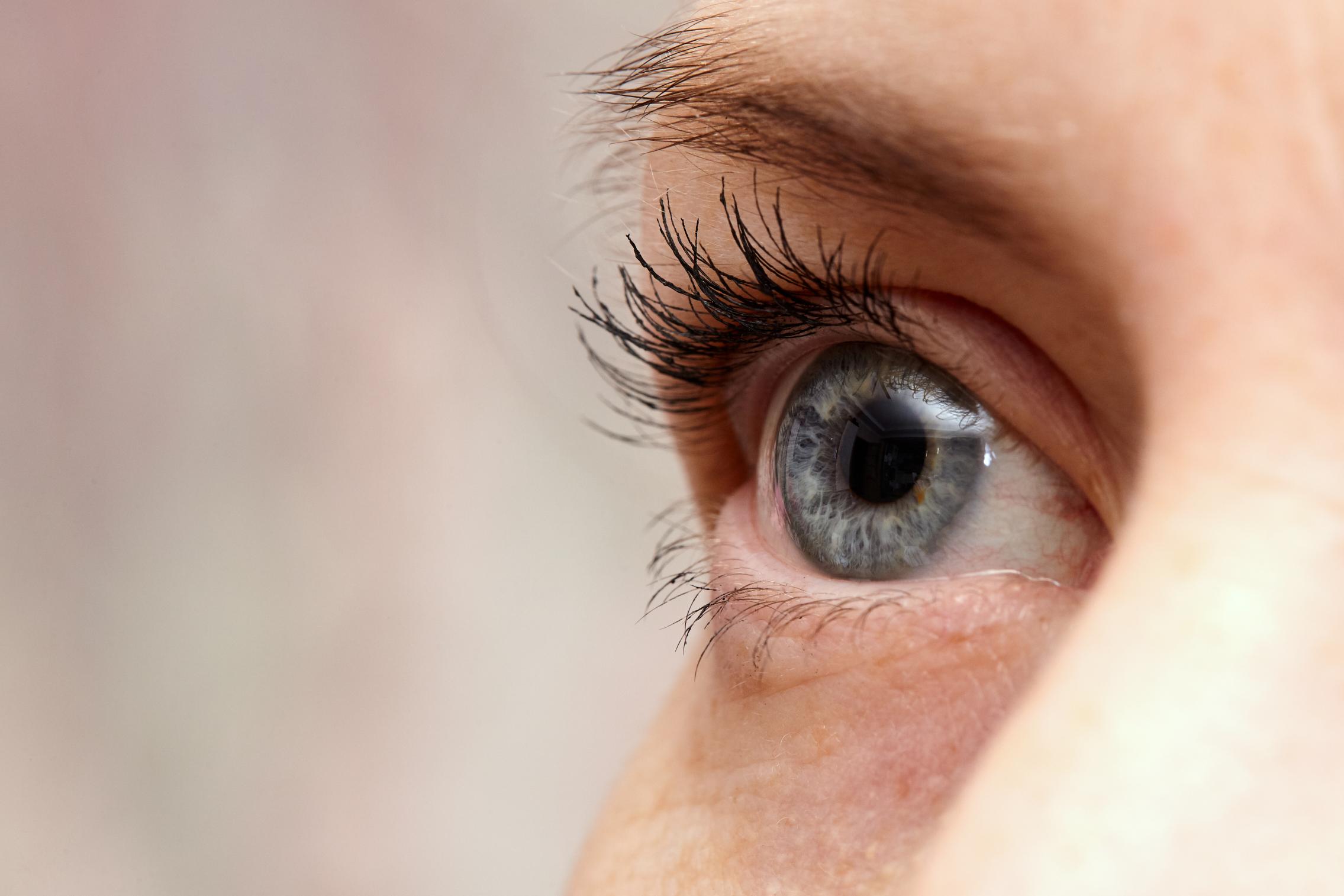

Glaucoma is a quiet thief of sight that affects millions of people worldwide. Few disorders cast such a menacing shadow in the mosaic of health as this one. Nonetheless, the age-old knowledge of Ayurveda provides invaluable insights for comprehending and treating this eye-catching condition in the context of contemporary medicine. Come study the essence of glaucoma in Ayurveda, its historical significance, and the promise herbs it offers for fighting this silent scourge with us as we take a trip through time and tradition.
-
What is Glaucoma in Ayurveda?
In the holistic realm of Ayurveda, glaucoma is termed “Netra-Roga,” meaning “disease of the eyes.” According to Ayurvedic principles, it arises from an imbalance in the body’s doshas—particularly aggravated Pitta dosha—leading to excessive heat and pressure within the eyes. This imbalance disrupts the flow of “Ama” or toxins, impairing vision and eventually leading to irreversible damage if left untreated.
-
History of Glaucoma:
The origins of glaucoma can be traced back through the annals of time, with ancient civilizations recognizing its symptoms and seeking remedies. Historical records from ancient Egypt and Greece make veiled references to conditions resembling glaucoma, describing symptoms such as vision loss and eye pain. It wasn’t until the 17th century that modern medicine began to elucidate the complexities of glaucoma, paving the way for innovative treatments and management strategies.
-
Glaucoma Based on Ayurveda:
- Susruta Samhita: This ancient Ayurvedic text describes various eye diseases, including glaucoma, and prescribes treatments such as herbal formulations, eye exercises, and lifestyle modifications.
- Role of Pitta Dosha: Ayurveda emphasizes the role of Pitta dosha in the pathogenesis of glaucoma, highlighting the importance of cooling and soothing therapies to alleviate symptoms and prevent progression.
- Preventive Measures: Ayurveda advocates for regular eye care, including eye exercises, proper nutrition, and herbal eye drops, to maintain ocular health and prevent the onset of glaucoma.
-
Research for Glaucoma Based on Ayurveda:
- 1000 BCE: Ayurvedic texts like Charaka Samhita and Susruta Samhita document the symptoms, causes, and treatments for various eye diseases, providing valuable insights into ancient perspectives on ocular health.
- 1500s: Ayurvedic physicians develop specialized treatments for eye diseases, including glaucoma, using herbal formulations and therapeutic techniques.
- 2008: Clinical studies published in the Journal of Ethnopharmacology demonstrate the efficacy of Ayurvedic herbs such as Triphala, Trikatu, and Punarnava in reducing intraocular pressure and improving vision in patients with glaucoma.
- 2015: Research conducted at Ayurvedic research institutes in India explores the potential of traditional Ayurvedic therapies, including Nasya (nasal administration) and Netra Tarpana (eye rejuvenation), in the management of glaucoma.
-
Ayurvedic Herbs for Glaucoma:
- Triphala:A combination of three fruits—Amalaki (Emblica Officinalis), Bibhitaki (Terminalia Bellirica), and Haritaki (Terminalia Chebula)—Triphala possesses antioxidant and anti-inflammatory properties that help reduce intraocular pressure and protect the optic nerve.
- Guduchi (Tinospora Cordifolia): Also known as “Amrita” or the “nectar of immortality,” Guduchi exhibits anti-inflammatory and neuroprotective effects, making it beneficial in the management of glaucoma.
- Bhringaraj (Eclipta Alba): ):This herb is revered in Ayurveda for its rejuvenating properties and is believed to strengthen the eyes, improve vision, and reduce intraocular pressure.
- Saffron (Crocus Sativus): Rich in antioxidants like crocin and crocetin, saffron helps improve blood flow to the eyes, reduce oxidative stress, and protect against retinal damage associated with glaucoma.
-
Stories from Ancient Scriptures:
Legend has it that the sage Charaka, considered one of the founding fathers of Ayurveda, possessed divine insight into the treatment of eye diseases. Through his profound knowledge of herbs, therapies, and dietary regimens, Charaka restored sight to the blind and alleviated the suffering of those afflicted with glaucoma and other ocular ailments.
“The eyes are the windows to the soul.” – Traditional Proverb
“Vision is the art of seeing what is invisible to others.” – Jonathan Swift
-
Conclusion:
As we gaze into the depths of ocular health, the wisdom of Ayurveda serves as a beacon of light, guiding us on a path of holistic healing and restoration. By honouring the ancient principles of balance, harmony, and personalized care, we can navigate the labyrinth of glaucoma with courage and clarity. Let us embrace the treasures of Ayurvedic herbs, therapies, and traditions, as we embark on a journey to preserve the precious gift of sight for generations to come.






